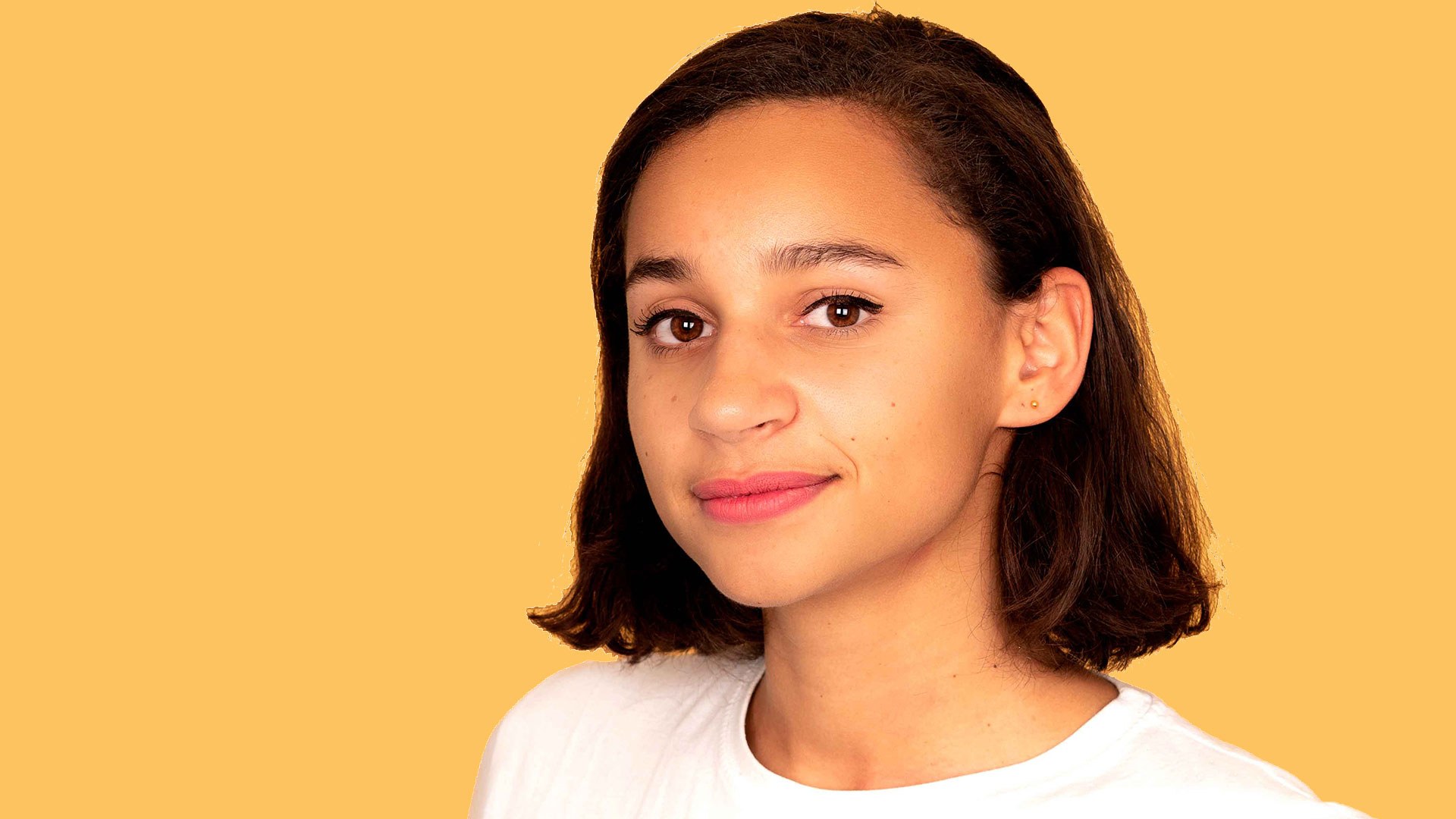Danique de Bies: “I'm working to develop an individual ‘signature’”

In two years, Danique de Bies grew from junior visual designer to art director in one of the most prestigious Dutch agencies – DEPT. Here she shares some of her passions and and how her experience at the Master Digial Design programme influenced her working ethos.
As the youngest of three girls, I always had to fight for my share of attention. We would do arts-and-crafts projects together, and I'd make something and show it to my parents. I knew early on that I wanted to do a creative degree programme.
After graduating from Multimedia Design, I felt I wasn't done learning and started to explore the options for a follow-up programme. The Master Digital Design picked up exactly where my previous programme had left off. And because there was a bit of time between my graduation date and the start of the Master's, I had the opportunity to spend a few months travelling.
Other cultures are a major source of inspiration for me. I tend to look around and think: what do the people here find visually appealing? I did my intake interview for the Master's while staying in a tiny village in Laos. The time difference was huge, and I spent the whole interview worrying the power would go out. Quite nerve-racking, really.
Creating something unique
Besides travel, I also find inspiration in crafting. I'm a huge fan of anything handmade: paintings, illustrations, ceramics, clothing and collages. Personally, I do a lot of illustrations and like to work with my hands. I try to incorporate this in my own work whenever I can by combining digital design with organic elements. Mixing together modern design and handwritten texts, self-made drawings or other interesting textures and formal languages makes me feel like I am creating something unique. I think that's where my strength lies.
Staying critical and striving for the best
The Master's programme obviously gives you practical skills when it comes to working in Digital Design – skills I still use almost every single day. But the programme also taught me to be a critical thinker: to stay alert during projects and briefings and to always make well-considered choices. I try to apply that in my work now, too, so I can ultimately deliver the best possible result. As a designer, this has been difficult at times. You come in rather late in the game, and most of the decisions have already been made without you.
Fairly soon after graduating, I was approached by the creative director of DEPT, whom I had met during one of my previous work placements. They were looking for designers, and I was itching to start making things. I took a job as junior visual designer.
I recently became Art Director, though, so now I can ask critical questions and make decisions I stand behind, right from the get-go. It gives me a better outlet for my creativity. By practising self-reflection and applying feedback from the client, we can make some really cool stuff.
Developing an individual signature
Of course, I asked myself whether I was truly ready for this step. I shared those concerns with my manager as well, and now I'm being given the time I need to develop my talents. I'm observing the other art directors, and more and more, I'm exploring how I can put my own spin on the role. On top of that, I'm working to develop an individual ‘signature’ – a kind of personal stamp to put on my projects. After that, the next step is for me to start managing designers, too.
Staying engaged
A common pitfall in my field is getting into a rut. I know what I like and what my personal taste is. It can be hard to let go of that, which is why I'm constantly seeking out fresh inspiration. Not just online, but in the world around me as well. There are 12 of us designers at DEPT, and we schedule time with each other to exchange inspiration. Working in an office where you're surrounded by creative people is incredibly helpful. It keeps you alert and engaged.